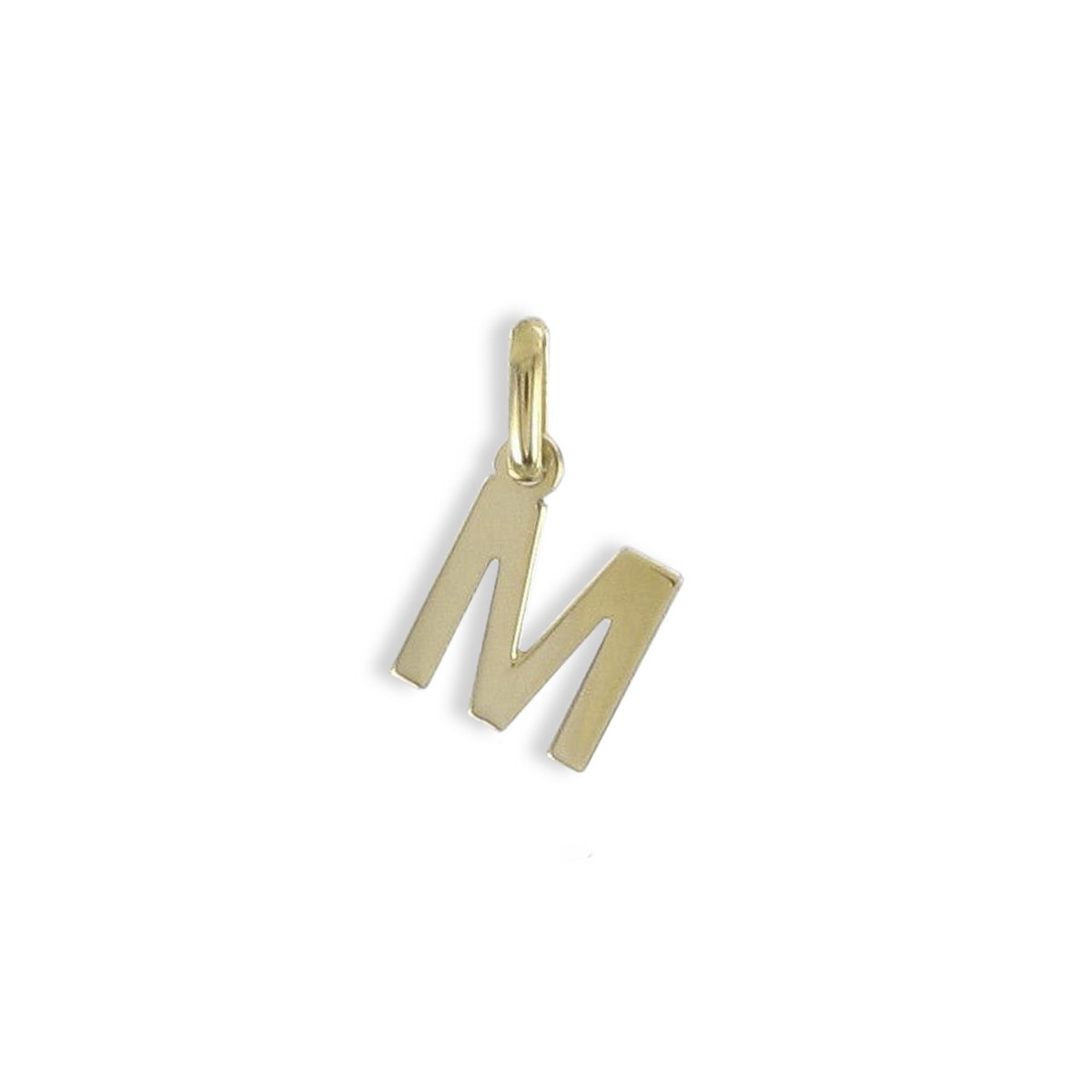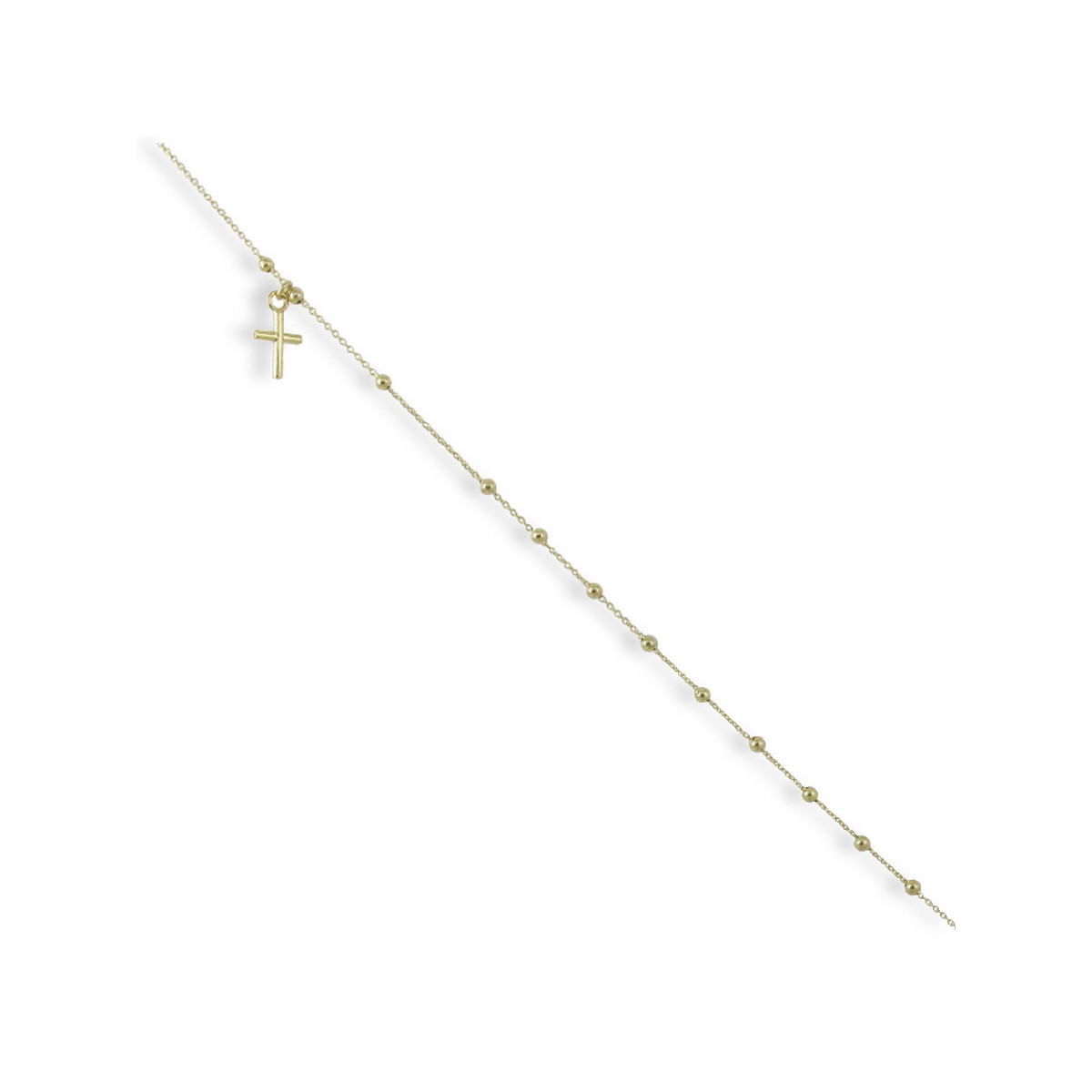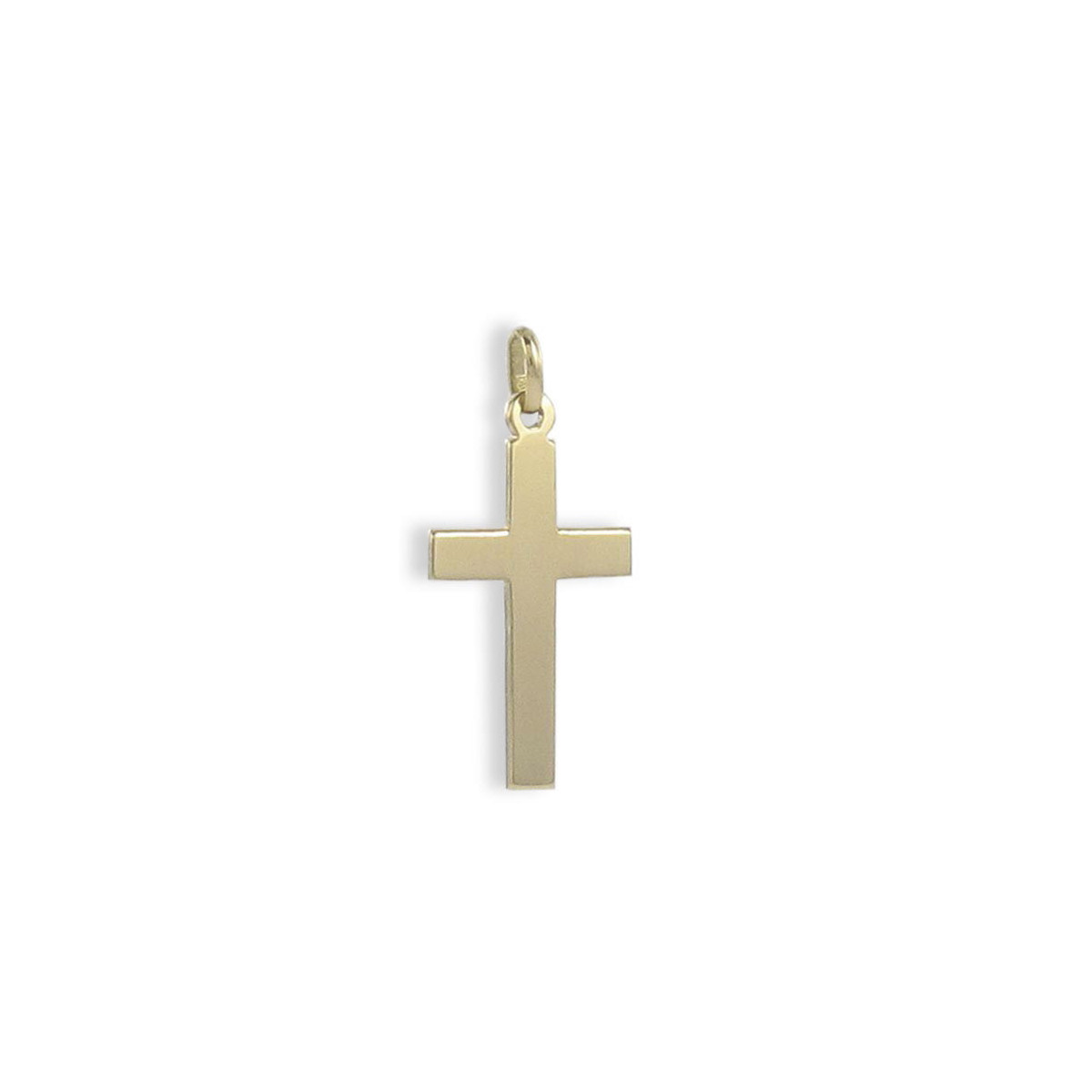At Zapata Joyeros, we offer precious metal jewelry, bracelets, rings, earrings, and necklaces in 18-karat white or yellow gold and 925 sterling silver. We have our own workshop for repairs and custom creations.
THE FIRST COMMUNION
THE FIRST COMMUNION
THE FIRST COMMUNION
Spring is the time of year chosen for the celebration of First Communion. This ceremony is very important in the lives of children, as after catechism training, they receive the sacrament of the Eucharist.
This moment of love and joy is shared with loved ones, family, and friends, who shower the child with gifts and a party.
Over the years, some Communion gifts received, whether a bracelet, a watch, earrings, or a cross, endure over time and commemorate that day.
Spring is the time of year chosen for the celebration of First Communion. This ceremony is very important in the lives of children, as after catechism training, they receive the sacrament of the Eucharist.
This moment of love and joy is shared with loved ones, family, and friends, who shower the child with gifts and a party.
Over the years, some Communion gifts received, whether a bracelet, a watch, earrings, or a cross, endure over time and commemorate that day.
Spring is the time of year chosen for the celebration of First Communion. This ceremony is very important in the lives of children, as after catechism training, they receive the sacrament of the Eucharist.
This moment of love and joy is shared with loved ones, family, and friends, who shower the child with gifts and a party.
Over the years, some Communion gifts received, whether a bracelet, a watch, earrings, or a cross, endure over time and commemorate that day.
First Communion medals symbolize faith, protection, and devotion. They represent saints, virgins, or sacred events. Many people wear them as protective amulets or as a way to express their belief and commitment to faith. They can also serve as a symbol of hope and comfort in difficult times.
First Communion earrings, bracelets, or rings become the first important pieces of jewelry. They are gifts with added value because, as we've said before, jewelry seals moments and reminds you of the happy moment when you received it.
First Communion medals symbolize faith, protection, and devotion. They represent saints, virgins, or sacred events. Many people wear them as protective amulets or as a way to express their belief and commitment to faith. They can also serve as a symbol of hope and comfort in difficult times.
First Communion earrings, bracelets, or rings become the first important pieces of jewelry. They are gifts with added value because, as we've said before, jewelry seals moments and reminds you of the happy moment when you received it.
First Communion medals symbolize faith, protection, and devotion. They represent saints, virgins, or sacred events. Many people wear them as protective amulets or as a way to express their belief and commitment to faith. They can also serve as a symbol of hope and comfort in difficult times.
First Communion earrings, bracelets, or rings become the first important pieces of jewelry. They are gifts with added value because, as we've said before, jewelry seals moments and reminds you of the happy moment when you received it.
Watches given on the day of a First Communion leave a lasting impression on children. They are watches that accompany them through a time of change. They are often a more serious and important watch than those worn up until then, and they become a treasure that grows in value over the years.
No one ever lets go of their Communion watch; everyone remembers who gave it to them: parents, godparents, a relative, or a close friend... I'm sure many of you still cherish that watch, safely tucked away in your historical drawer, after many years of use.
Watches given on the day of a First Communion leave a lasting impression on children. They are watches that accompany them through a time of change. They are often a more serious and important watch than those worn up until then, and they become a treasure that grows in value over the years.
No one ever lets go of their Communion watch; everyone remembers who gave it to them: parents, godparents, a relative, or a close friend... I'm sure many of you still cherish that watch, safely tucked away in your historical drawer, after many years of use.
Watches given on the day of a First Communion leave a lasting impression on children. They are watches that accompany them through a time of change. They are often a more serious and important watch than those worn up until then, and they become a treasure that grows in value over the years.
No one ever lets go of their Communion watch; everyone remembers who gave it to them: parents, godparents, a relative, or a close friend... I'm sure many of you still cherish that watch, safely tucked away in your historical drawer, after many years of use.



